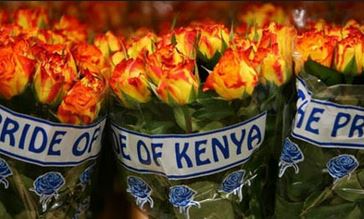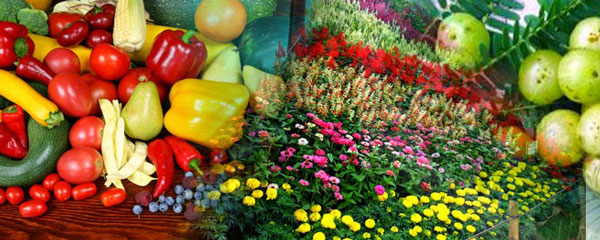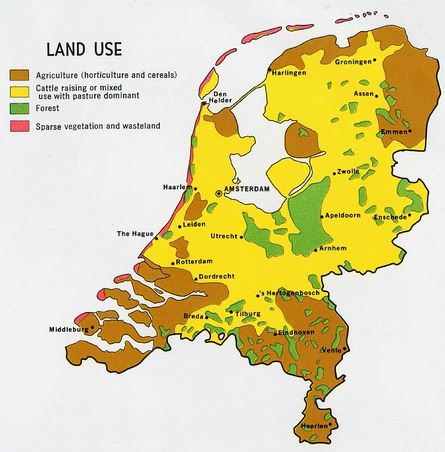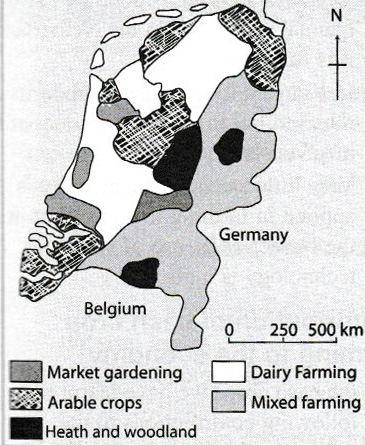- Horticulture is also called market farming. It is the growing of flowers, vegetables and fruits mainly for sale.
- Horticultural farms are small and carefully cultivated.
- This is because the land is very valuable and farmers want to make maximum use of it.
- Farmers specialise in growing one main crop; for example, vegetables, flowers or fruits.

- Commercial horticultural farmers in Kenya grow the following crops.

- Horticultural farming contributes to the Kenyan economy in the following ways:
Focusing on just one crop allows the farm to specialise at certain activties.

a) Many farmers in Kenya are peasant farmersand they do not have money to developtheir farms fully. Therefore, production per hectare is low.
b) When the harvest is good and the market has too much produce, prices drop. Therefore, farmers cannot make profit.
c) Farmers who take bank loans find it difficult to repay them when the prices of the products fall.
d) Drought conditions often affect crop production. Only wealthy farmers can
irrigate their land or use greenhouses during the dry season.
e) When it rains, some dry weather roads become impassable.
f) The level of poverty in the country and the level of competition on the world market sometimes makes it difficult for farmers to sell their produce at a profit.
- The Netherlands is a small country in Western Europe.
- It has a population of about 14.2 million people.
- Because of its small size and high population, the Netherlands has the highest population density in Europe.
- As a result, most of the land is used for settlement and little is used for farming.
- The Netherlands is mainly low-lying with the highest land rising to about 100 metres above sea level.
- One third of the country, most of which has been reclaimed from the sea, lies below sea level.
The map below shows the land use in Netherlands.


Horticulture in Netherlands is practised in three
main areas. These are:
a) The Sand dune coast
b) The low polders
c) Geestland
This is the region nearest to the sea. It is made up of poor sand soils that are not suitable for crop farming. However, it is useful for grazing cattle and sheep. Horticulture farming is only done here in limited areas through the use of fertiliser.
A polder is a low-lying region enclosed by dykes. Polders have canals dug across them to drain away excess water from the land so that it can be improved and used for agriculture. This is where most horticultural farming is practised.
The region is also important for dairy farming.
This is made up of sandy areas covered by marshes. The areas have sandy soils that have poor pastures. Very little horticulture is practised here. Dykes are sea walls that have been built to keep the sea from flooding into low lying land.
Similarities;
Here is a flower farm in the Netherlands.

All the cash crops we have learnt have the following contribution to the economy:
a) They earn a country foreign exchange.
b) They provide job opportunities.
c) They have led to development of other industries.
d) They have led to the development of infrastructure and social amenities.
e) Farming has led to the development of towns.
f) They have improved the living standards of people.
g) They have led to cementing of good international relationships.